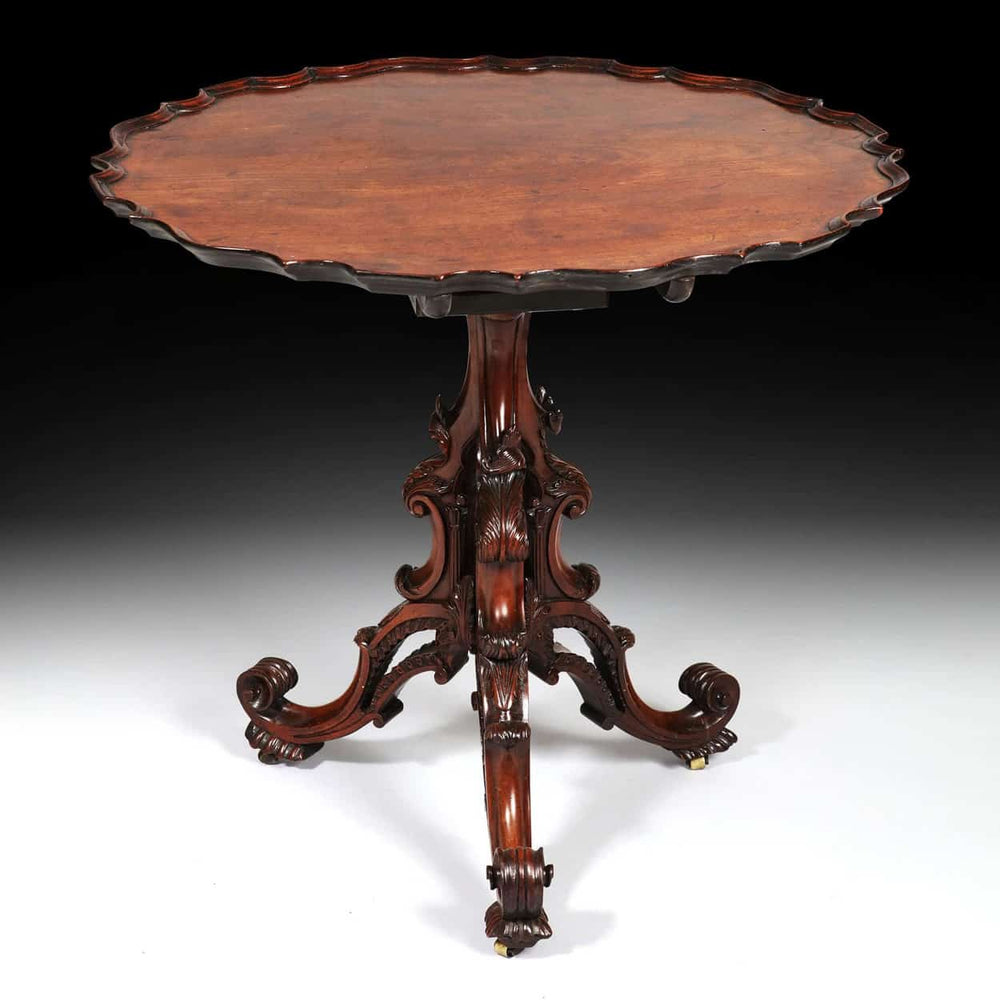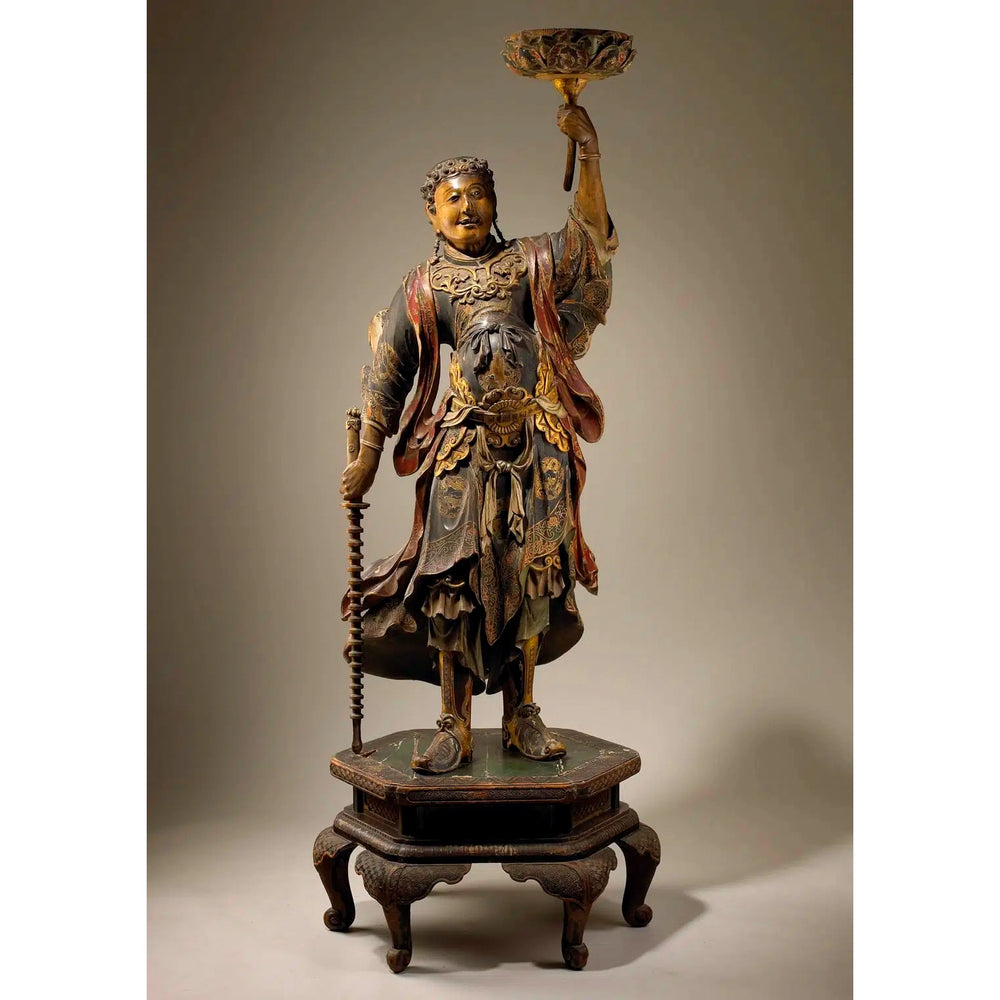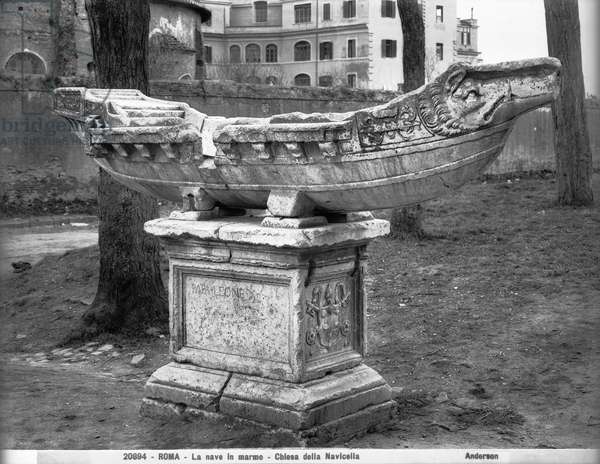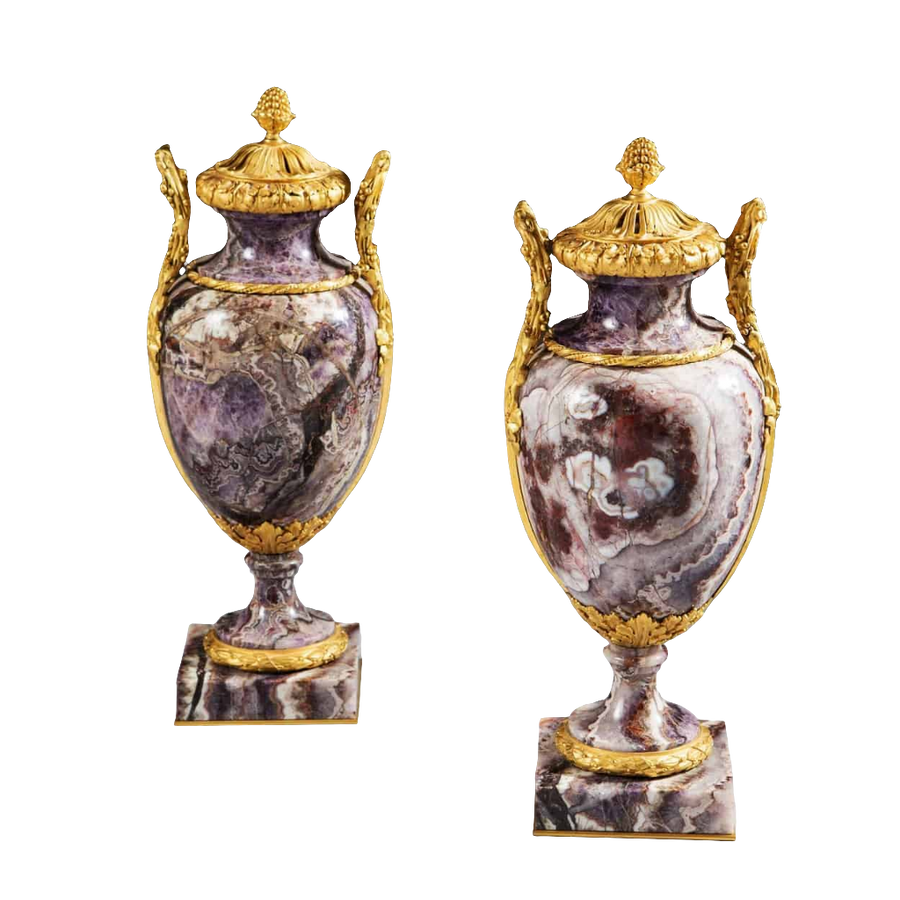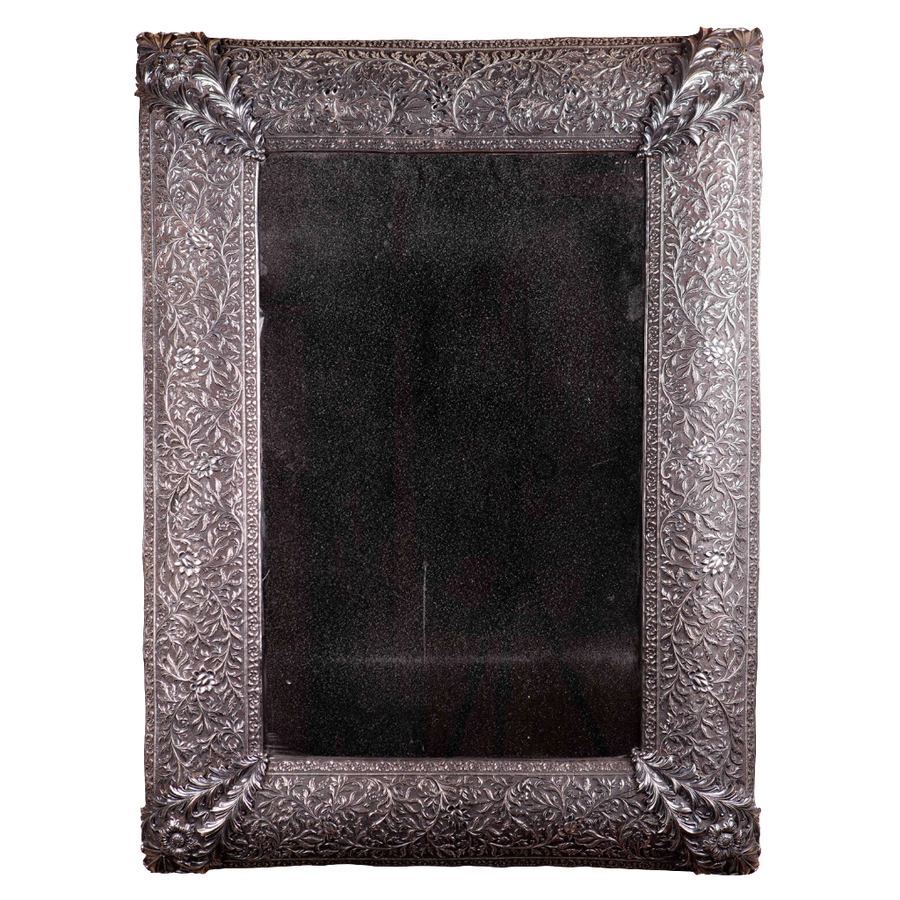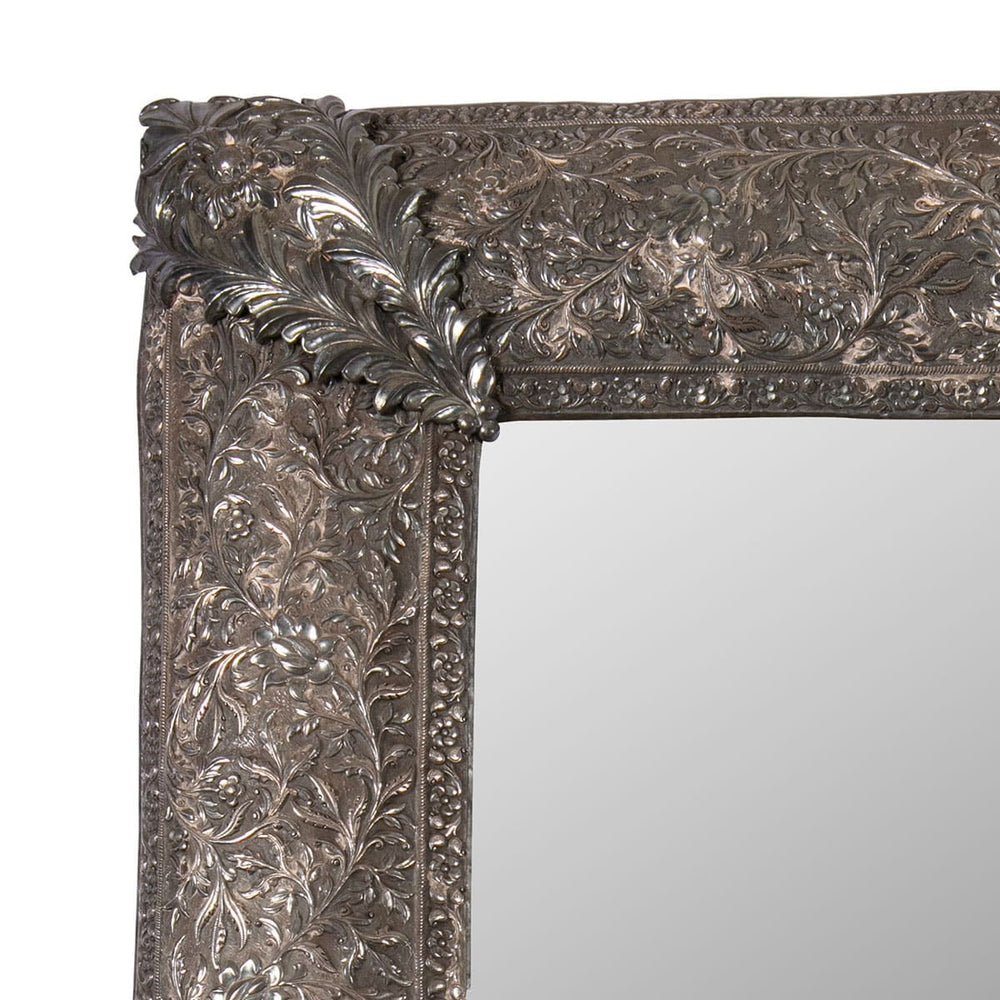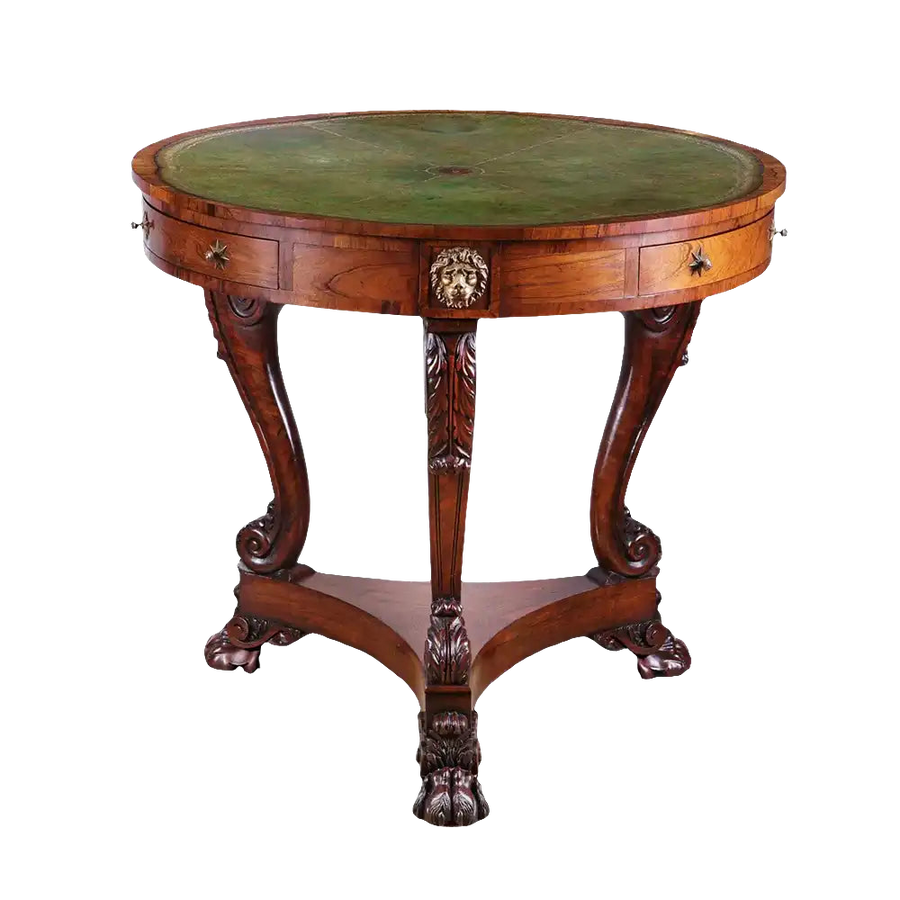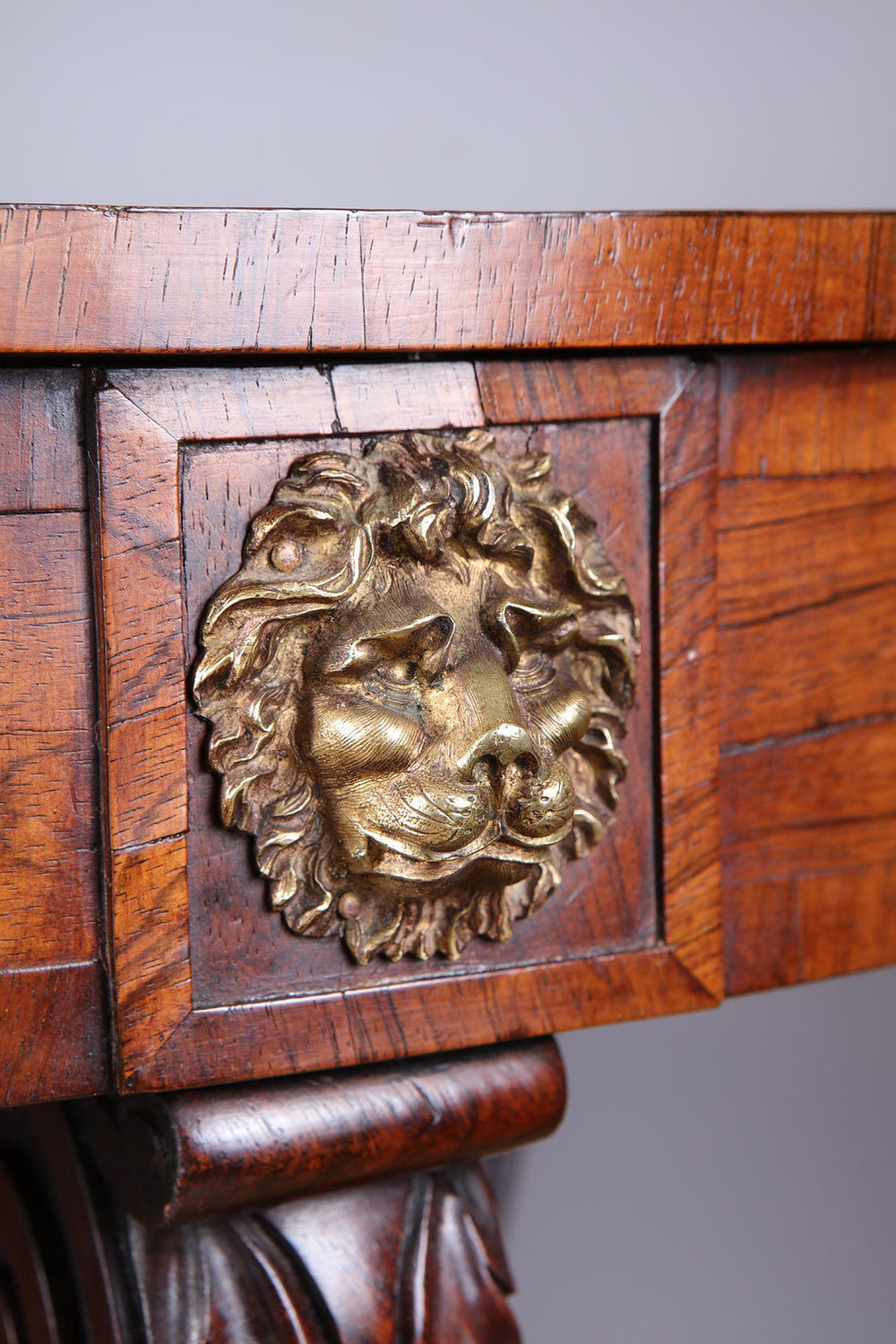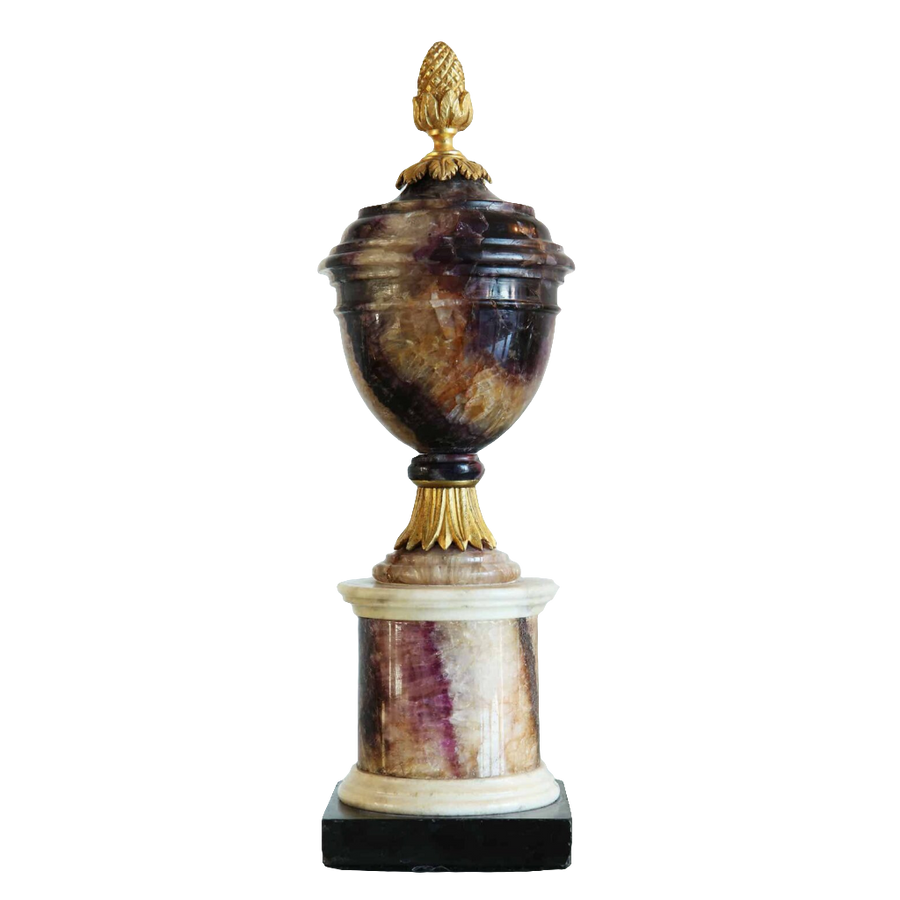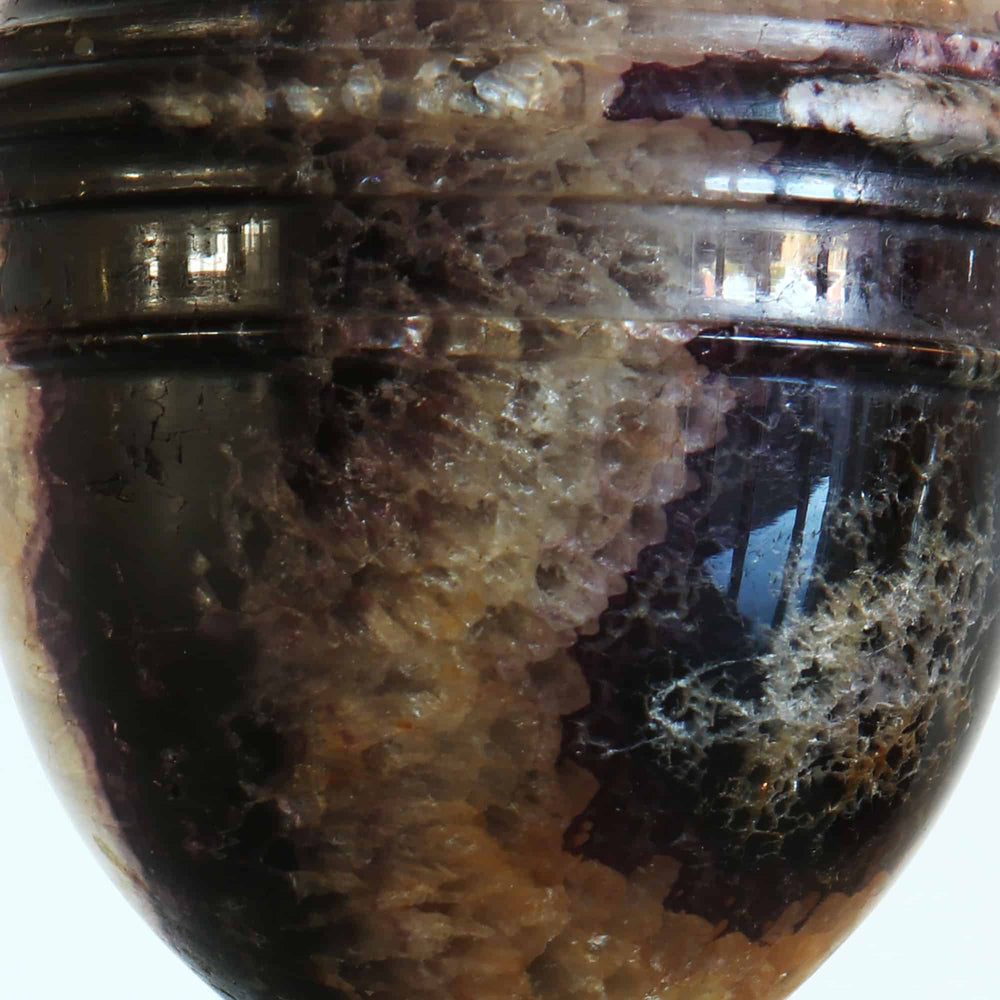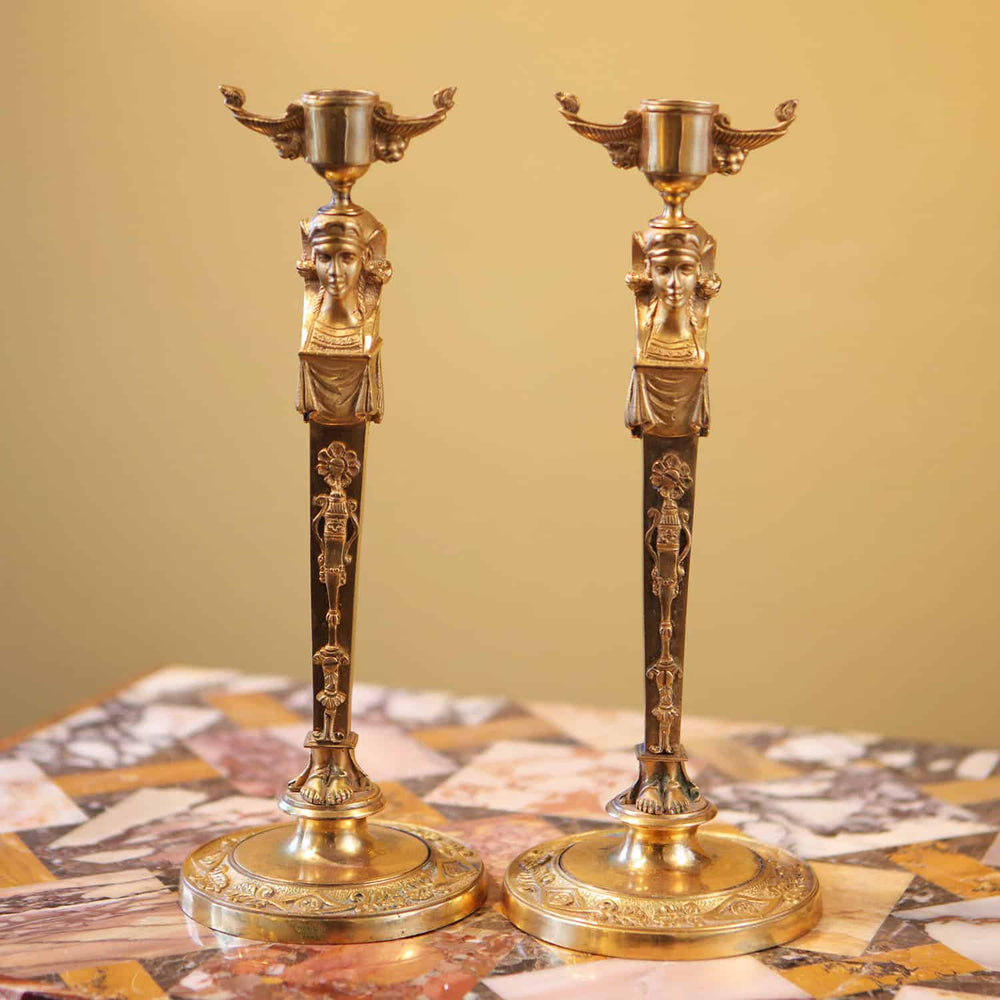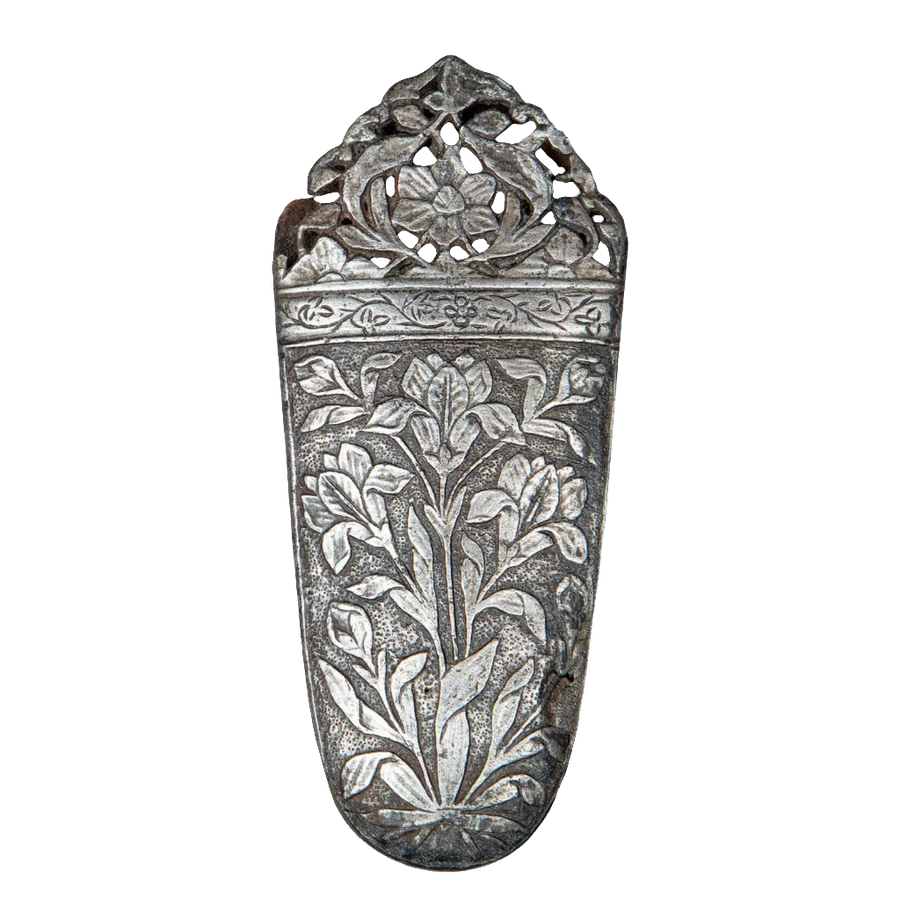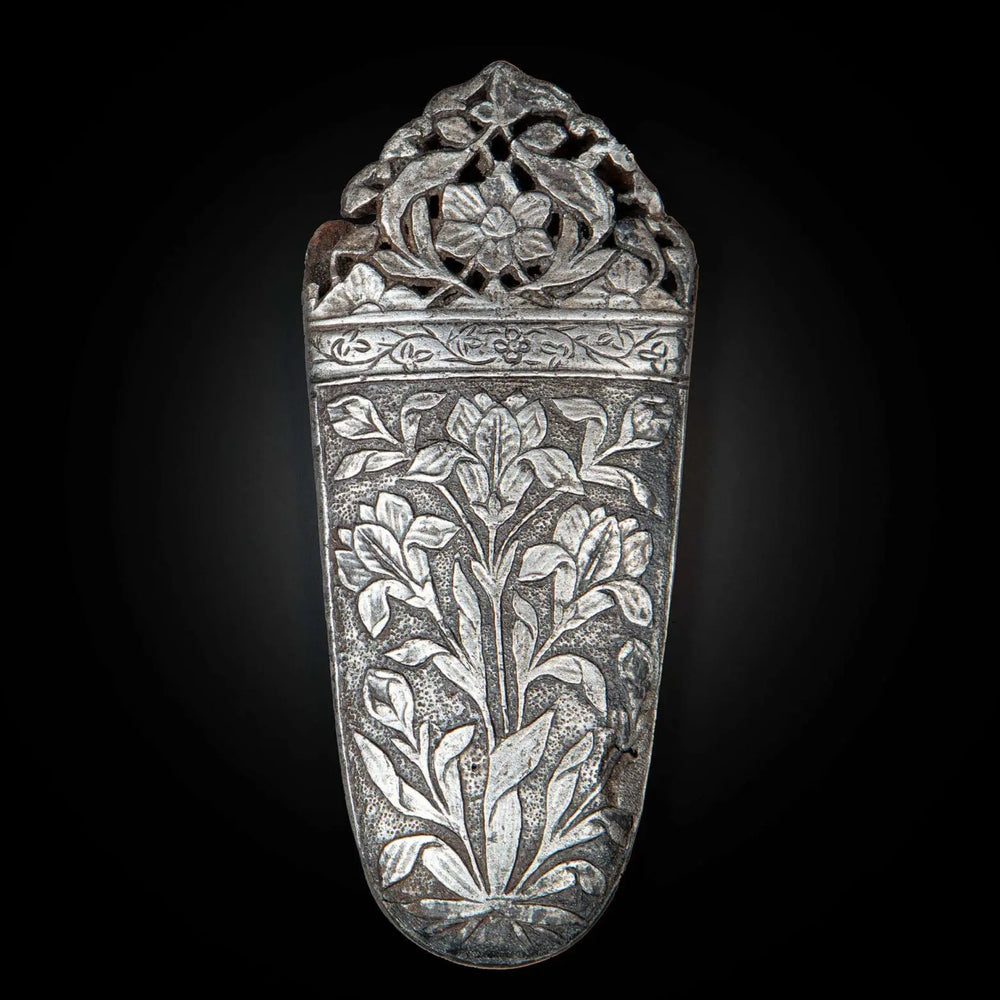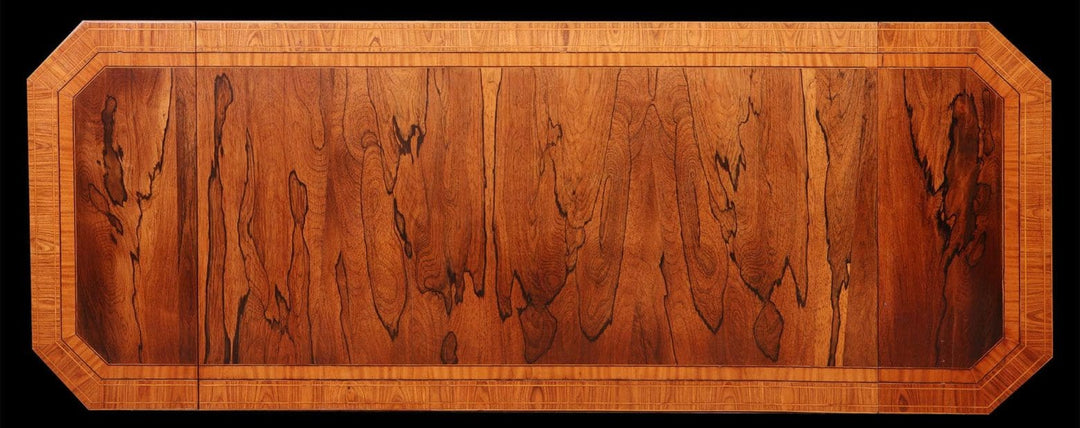In the 18th century, chasing gilt bronze represented one of the highest expressions of decorative artistry in European craftsmanship. After casting, skilled ciseleurs meticulously refined every surface using specialised tools to sharpen details, articulate textures, and bring life to scrolling foliage, masks, figures, and rococo or neoclassical ornament. The chased bronze was then gilded—most commonly by mercury gilding—to achieve the deep, luminous gold finish so prized in French and English furniture, clocks, lighting, and mounted objects of the period. This demanding, labour-intensive process produced works of exceptional richness and clarity, and the finest examples—particularly those associated with Parisian bronziers such as Caffieri, Gouthière, and the ateliers supporting ebenistes like Riesener—are celebrated today for their incomparable refinement and technical brilliance.
In the 18th century, chasing gilt bronze represented one of the highest expressions of decorative artistry in European craftsmanship. After casting, skilled ciseleurs meticulously refined every surface using specialised tools to sharpen details, articulate textures, and bring life to scrolling foliage, masks, figures, and rococo or neoclassical ornament. The chased bronze was then gilded—most commonly by mercury gilding—to achieve the deep, luminous gold finish so prized in French and English furniture, clocks, lighting, and mounted objects of the period. This demanding, labour-intensive process produced works of exceptional richness and clarity, and the finest examples—particularly those associated with Parisian bronziers such as Caffieri, Gouthière, and the ateliers supporting ebenistes like Riesener—are celebrated today for their incomparable refinement and technical brilliance.
Read More






